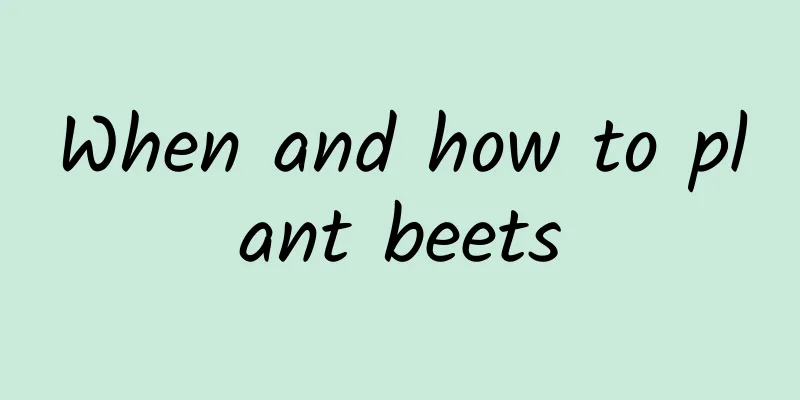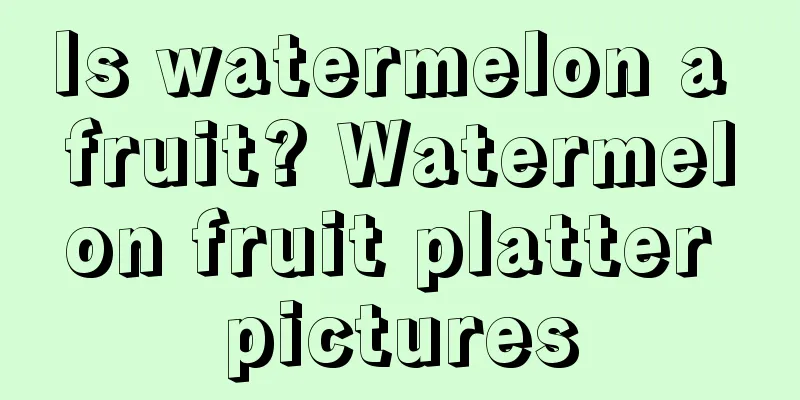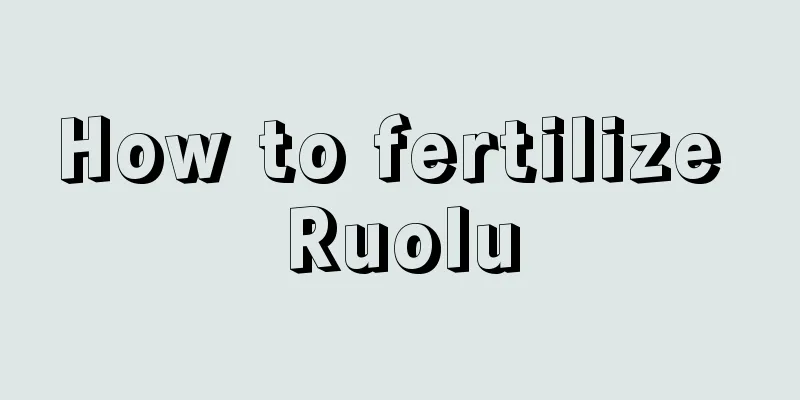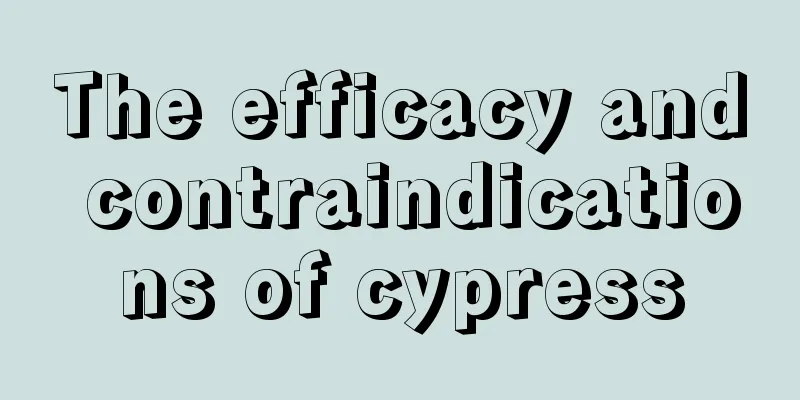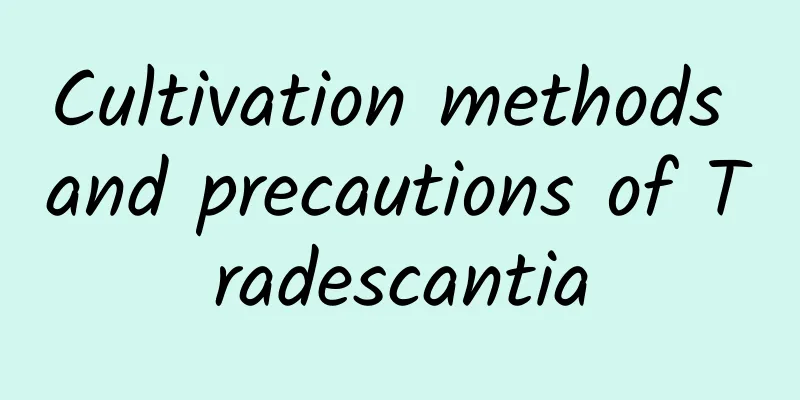Effects and uses of phoxim
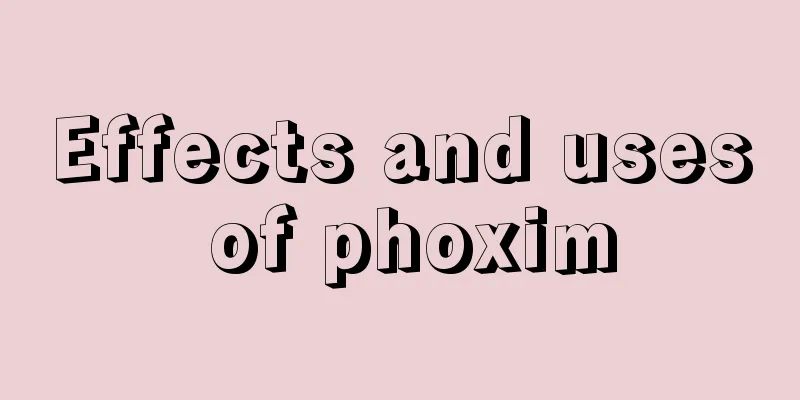
|
Phoxim is an organophosphorus insecticide that has a strong contact killing effect on pests, a fast killing speed and a long lasting effect. So what are the specific functions and uses of Qi? Let’s learn more about it below. Effects and uses of phoxim Phoxim has excellent contact killing effect, is also a stomach poison, has no systemic effect, and is very effective against Lepidoptera larvae. In the field, it is unstable to light and decomposes quickly, so the residual period is short and the residual risk is small. However, if the drug is applied to the soil, the residual period is very long, making it suitable for controlling underground pests . Its main mechanism of action is to inhibit the activity of cholinesterase in insects. When pests come into contact with the drug solution, their nervous system becomes paralyzed and poisoned, causing them to stop eating and die. How to use phoxim 1. Targets of prevention and treatment It mainly prevents and controls underground pests and Lepidoptera larvae, such as white grubs , cutworms, corn borers, etc. It can also prevent and control sanitary pests such as mosquitoes and flies and storage pests. 2. Usage and Dosage (1) Prevention and control of peach borer and other borer species: When the overwintering larvae of peach borer emerge from the soil, use 500 g of 50% phoxim emulsifiable concentrate or 500-600 g of 25% phoxim microcapsule aqueous suspension per 667 m2, add 150 kg of water, and spray on the orchard floor, with a focus on spraying around the tree pits. (2) Control of moth pests such as leaf rollers, leaf miners and caterpillars: In the early stage of pest infestation, spray 1000-1500 times diluted 50% phoxim emulsifiable concentrate for control. (3) Control of aphids, leaf rollers, pear star caterpillars, loopers, etc.: During the pest infestation period, spray 1000-1500 times diluted 50% phoxim emulsifiable concentrate for control. (4) To control tobacco budworms, melon borer larvae, two-spotted firefly leaf beetles, leek blind bugs, Chinese rice locusts, taro locusts, etc., spray with 1500 times diluted 50% phoxim emulsifiable concentrate. (5) Control of underground pests such as white grubs and cutworms: Apply 1000 times diluted 50% phoxim emulsifiable concentrate and cover with fine soil after application. This can effectively control a variety of underground pests. 3. Usage (1) Cucumbers, beans, sorghum and sugar beets are sensitive to phoxim and are easily harmed by it. (2) Phoxim is easily decomposed by light, so be sure to cover the area with soil in time when using it. (3) Phoxim has no systemic properties and requires full and uniform spraying. Cannot be mixed with alkaline substances. (4) When spraying in the field, it is best to do it in the evening or on cloudy days. The mixed and steamed seeds should also be dried away from light and stored in a dark place. In general, phoxim is a low-toxic organophosphorus insecticide that is mainly contact and stomach poisonous and has no systemic effect. It has a broad insecticidal spectrum and wide applicability. The specific usage and dosage are different for different crops and pest types. It must be used strictly in accordance with the instructions.
|
<<: How to sow nasturtium and how to germinate it
>>: How to propagate purse flowers and how to raise them
Recommend
The growing environment and local conditions of mint
Mint Growth Environment and Conditions Mint prefe...
Tiger Pilan cultivation methods and precautions
1. Soil It is recommended to use loose, fertile, ...
Difference between allspice and pimento
1. Difference of blades The leaves of allspice ar...
Which month is suitable for planting osmanthus trees?
When to plant osmanthus trees Spring and autumn a...
How to raise the Eight Desolate Palace
1. Breeding environment 1. Soil: The cultivation ...
Is it poisonous to grow Kalanchoe indoors?
1. Is it toxic? Kalanchoe is not poisonous when g...
Is it okay to put asparagus fern in the bedroom?
1. Advantages of placing it in the bedroom It is ...
How to make cuttings of Catharanthus roseus take root quickly?
Vinca roseus , as a common ornamental plant, is f...
The cultivation methods and precautions of golden diamond
1. Breeding methods 1. Temperature: It is a warm-...
Can Clivia be watered with white wine? Is it true that it can be watered with white wine?
1. Can I pour white wine? Regarding the nutrients...
How and when to plant chrysanthemum
Before sowing Chinese cabbage, soak the seeds in ...
Rice direct seeding planting technology and management
Direct seeding of rice is an efficient planting m...
What are the flower types of peony?
Single petal peony The single-petal peony has mor...
What to do if lucky bamboo leaves have spots
one. reason: The cause of this phenomenon is most...
Maintenance methods of Xiandong Monstera
Fairy Cave Monstera , also known as Multi-porous ...
